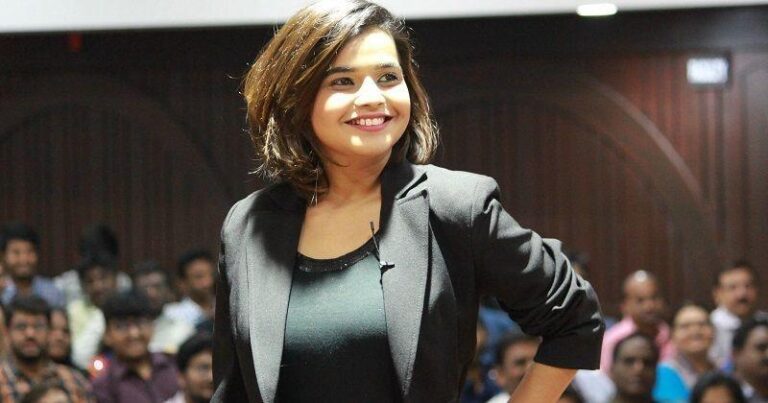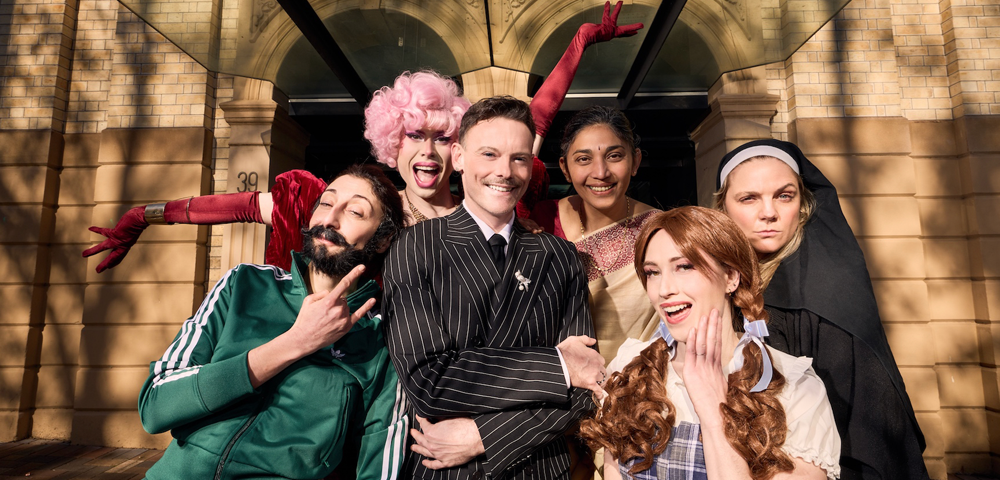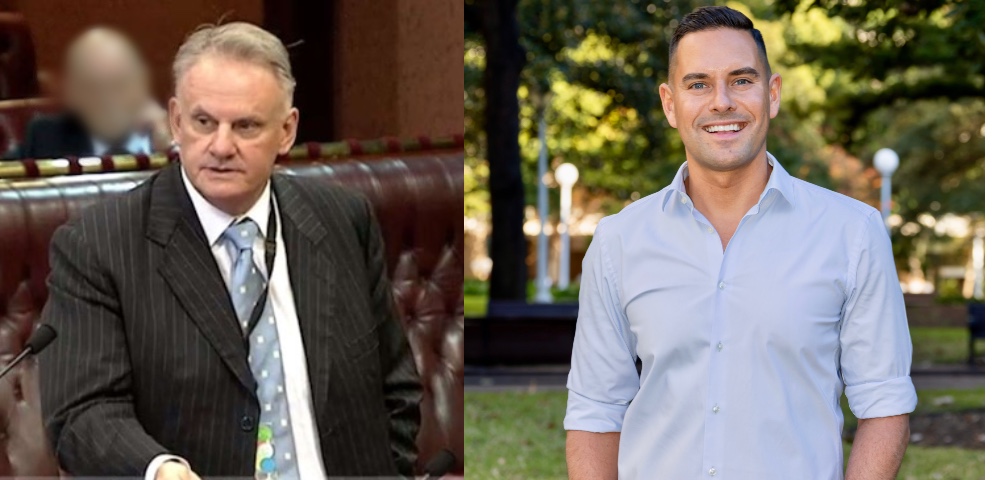
More to love– Inside the world of polyamory
BY CHRISTOPHER HARRIS
Is monogamy really the best way? Are you destined to be married to someone for the rest of your life? Is that going to make you happy? Will I meet the one this year?
Members of Sydney’s polyamory group will be asking slightly different questions. How will my relationship(s) change this year? Who am I going to meet? What will my relationship structure look like?
Anything is possible in the world of Polyamory. Advocates promise a world of freedom and openness and honesty. While it is by no means a new lifestyle (the greeks and the romans practiced similar things) it is having a renaissance of sorts. In January, dating website Okaycupid added “in an open relationship” option, and the online community of polyamorists has grown.
But where there is more freedom, there is more complexity. With human emotion, what can be liberating can also be problematic. Jealousy, confusion, chaos.
While Okaycupid might have the infrastructure to deal with a three way relationship, many places in society don’t. The ATO, hospitals, and schools have accommodated homosexual couples into their forms and bureaucracy in only the last decade or so. Is society ready to spin even further away from the nuclear family?
Is polyamory, the practice of engaging in multiple sexual relationships with the consent of all the people involved, ready to enter the societal mainstream?
Simon Hildebrand thinks it could. He is the facilitator of Sydney PolyamoryFacebook page, and says people are looking to different models to get away from the dishonesty that is implicit in traditional monogamous relationships.
Despite organising polyamorous discussion groups, Hildrebrand seems like a regular guy. He works in IT and speaks openly and confidently about his experiences in the world of polyamory. With lush hair and clear skin, he is wholesome.
Hildebrand first got involved in the poly community when he lived in Melbourne, and again when he moved to Sydney. He says organising the polyamory group is a natural fit because he is used to the structure of on and offline technical communities.
Sydney polyamory is different to Melbourne, “a different posture” he says.
“In Melbourne, there are more stable long term partnerships, and so they are interested in more established things.”
He says these are things like explaining to institutions like schools that a child may have three parents, or that more than one partner may want to come and visit you in hospital.
In Sydney, he says things are a little less developed. Members are interested in more primary questions such as jealousy.
“Not only is it one of the first things people ask about, but it is also the topic of just about every second discussion group we,” Hildebrand says.
According to him, it is a common problem, but one which isn’t insurmountable. He thinks there are a string of common problems. One of which includes the barrier to entry. This is largely because of the fact that polyamory, no matter how normal and rational Hildebrand makes it seem, is still outside of the norm.
“90 per cent of the group are interested in the idea, but frightigented of jumping in, because it involves jumping over a threshold of honesty and openness, that our society discourages. Generally our society encourages people to be dishonest in relationships.”
How Hildebrand himself jumped over the threshold happened when he was 24 and had just ended another relationship. A friend told him that “this serial monogamy thing” doesn’t seem to work for you, and introduced him to the polyamorous community. He met Rebecca and James, a newly married couple. He would sleep with Rebecca on weekends while James was exploring bisexual tendencies and dating other men. He said the relationship worked because he was able to have a platonic friendship with James (who was also a “geek”) and offer Rebecca something completely different to the “stable home life,” her husband offered through the week.
After the relationship ended, he remained on good terms with them.
“I was incredibly privileged to be part of that, that being my first poly relationship, was really why it has been so natural, and I am so positive because they were so generous bringing me in.”
At their 20th wedding anniversary, Hildebrand played the guitar while James serenaded Rebecca with a song.
For James, he says it was “one of the most beautiful things I’ve ever seen.”
“That opportunity to collaborate, and add something to their relationship is really ‘peak poly’, some of the really rich stuff that can happen.”
While Hildebrand might have been an early adopter, according to councillor Frances Amaroux, who specialises in polyamorous and “alternative” relationships, having relations with more than one other person is increasingly popular among heterosexual people.
She puts this down to the development of the women’s rights movement, the emergency of female agency and sexual empowerment.
In her experience the trend, which has been around for the past ten years, has proven to be complex.
The reason for the complexity to quite simple: it’s a numbers game.
“Well we can see that it is purely mathematical. When you add more people, the problems you have between each other multiply.”
“With two or more intersecting circles and you have a third entity, if you add another person, you end up with seven possible combinations, add emotion, it increases complexity exponentially.”
She says that with a typical emotion like jealousy, which commonly happens in a monogamous relationship, when it happens between more than two people who are having sex it can be more intense. (Think of a ven diagram of overlapping circles, Amaroux instructs).
The forms polyamory can take are many. One of the most common ones is a trio like relationship. But nothing is typical, she says.
According to her, society is in freefall.
“With the advent of feminism, basically it has got everyone to question their roles, and empower women, and women have a choice. So, basically relationships have gone into freefall. People are questioning the whole thing of monogomy, constructed by religion to keep people together.”
For Tatiana, a 48 year old woman living in Sydney, polyamory was a way of getting away from contrictive stereotypes. Some relationships have ended due to jealousy of her and her partners, but others have disintegrated just like two more typical romantic relationships would.
I think marriage is romanticized. I have been around long enough to see a lot of people not that happy. Men question their roles, and if that doesn’t make you happy, you might want to look at other options. Some people can find all they want in one person, but for others, they might need to find some sexual adventure or friendship bond. Life is messy.”
For her graduating to polyamory was a natural progression from the threesomes she has had over the years.
“I have sex in a group and have had relationships in a group. I have threesomes because I liked men and women. And I had to buy a bigger bed.”
“it is not for the faint hearted” she says. “It is difficult for other people, and people tend to pathologize it.”
“It does lead to sadness, because you were never acknowledged as being in a “real” relationship.”
“On the positive side, it has allowed me not to waste a lot of time, and not feel anxious and restricted.It takes that stress out of your life.”
Does polyamory work for you? How will you navigate the intricacies of it? How will people judge you? The possibilities, like polyamory itself, are endless.









